
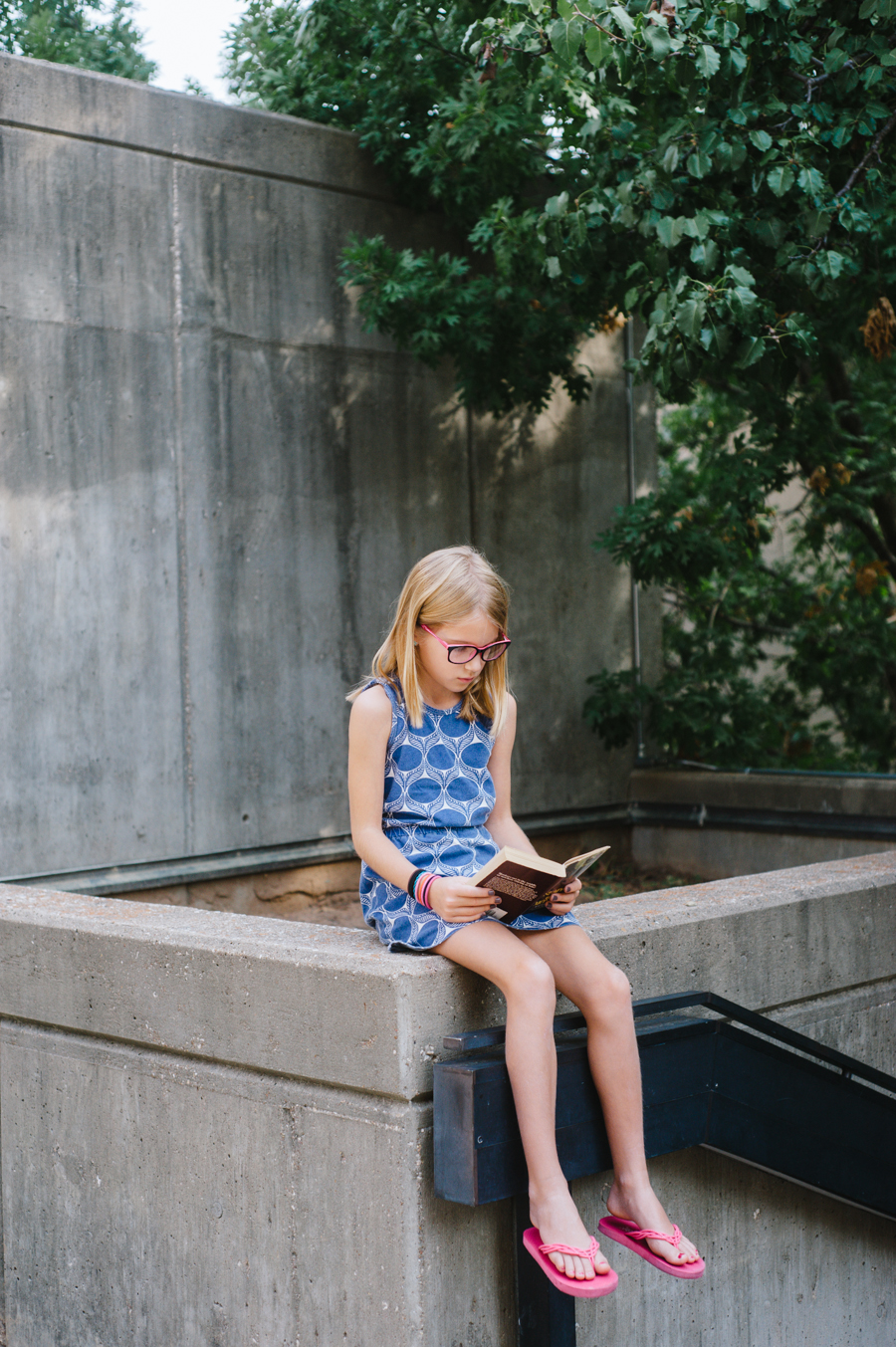
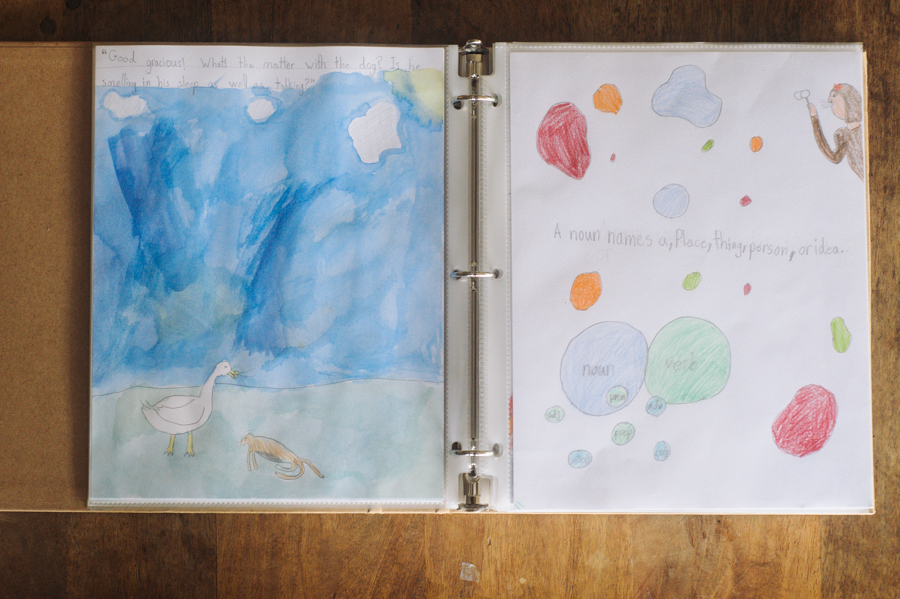
I don’t often write about specific curriculum here, mostly because I believe children and parents can thrive together in learning at home regardless of the specific tools they choose. Some homes prefer guides that offer specific directives and concrete helps, while others will find the same guides stifling or unfit. There is room for both on this journey, and there is certainly not a right or wrong way to approach learning. I hope the tools I share here are always understood in this context: do what works for your home and forget the rest.
I also love sharing with other parents that for all the writing I do now, I wasn’t very good at grammar or writing as a child. I always loved reading, but I never really unpacked the structure of language or how to write clear, concise sentences until university. In those years, and later while working at a junior college, I learned to seek out the answers I needed in books or colleagues or the Internet. I hope this is an encouragement to lighten the load as parents: our children don’t have to know everything to become who they will. They simply need the desire to seek it out.
That said, I’ve had several people ask me about our language studies, about the materials we use in our home. Naturally, they’ve changed over the years, based on the kids’ ages or what styles best fit us, but I’ve generally looked for materials that introduce and build grammatical concepts in a beautiful way. Language studies, like maths, can leave a bad taste in ones mouth if reduced to worksheets. I wanted my children to enjoy dimension and color in our studies, the practice of structured skills balanced with art. This year, we have used Kathy Jo DeVore’s English Lessons Through Literature as a foundation for our learning, a curriculum that describes itself as a balance between the thoroughness of classical education and the gentleness of Charlotte Mason. I honestly think it could be applied even more broadly, depending on the home.

Currently, there are five levels of ELTL, loosely corresponding to grade equivalents, although not restrictive in any way. I’ve used three different levels this year: level one for Olive, level three for Blythe, and level four for Burke. Liam’s language studies evolved this year into Latin studies, but that is a different topic for another day. Each level’s lesson builds around a brief book list, which is used for grammar and writing practice. Each level includes poetry, folk tales or fables, and picture narration around famous artists, but everything loops in a way that it doesn’t feel overwhelming. The lessons are substantial but only three per week, so I typically spread them out over 4-5 days, omitting things that might not work or be necessary for us at the time. Grammar studies begin in level two and diagramming in level three. Both are introduced slowly and gently. Although grammar terms were a part of my children’s copywork this year, I think I may have them create memory cards instead for review of terms, like the parts of speech or the various roles of noun. I’ve realized that long gaps between using new terms in any subject area makes it harder for them to recall in practice.
This year, we’ve created notebooks for our language and history/science studies, a simple three-ring binder that contains each child’s writing and illustrations from the their reading. I began this when my children were little but became discouraged at various points in the follow-through and then eventually stopped altogether. After longing for more art work and color in our school work again, we began building little books sporadically last year and more intentionally this academic year. I’m loving flipping back through their work this year, and I imagine they will one day, too. Jodi Mockabee, an online friend and inspiring homeschool mother, shared more specifics about notebooking in Wild+Free this month. We use many of the same tools and practices. My favorite thing that she does is type and print her children’s narrations for them to hand copy. Genius! For years, I’ve been handwriting their narrations, and this is so much easier.
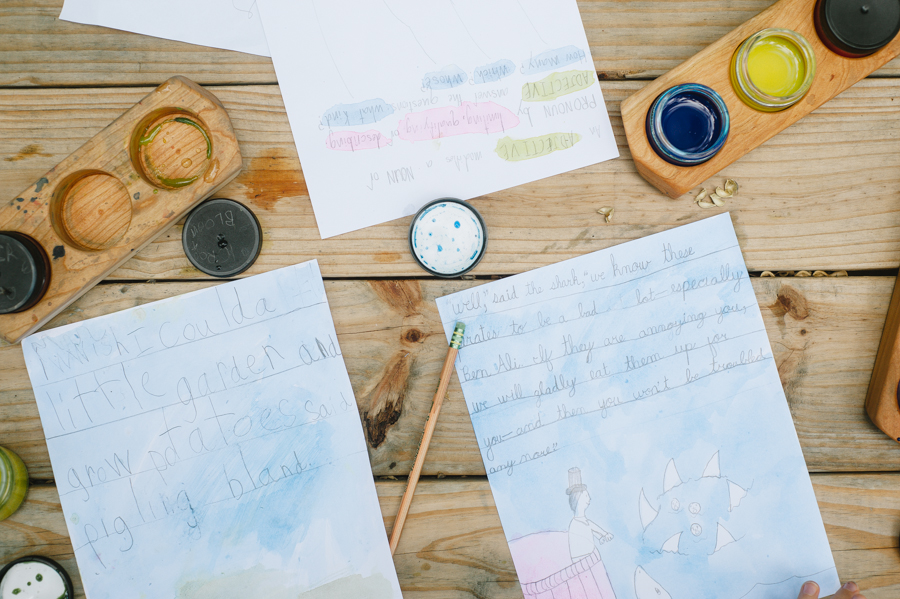
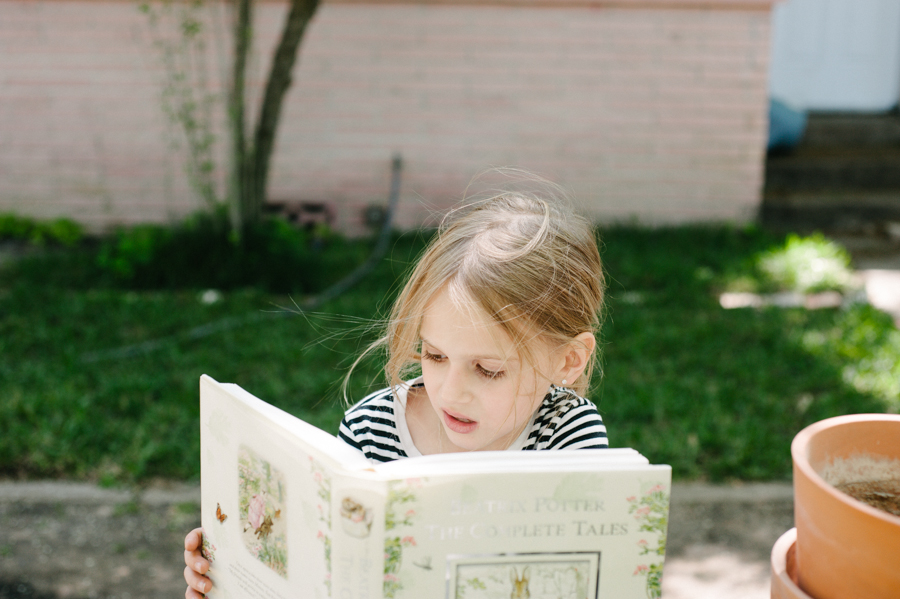 OUR CURRENT ROUTINE
OUR CURRENT ROUTINE
We set apart a 90 minute block of time at the back part of our morning for independent language studies. It’s not necessary to take 90 minutes (or even 30 per child), but I like not feeling rushed and making time for read-a-loud with each of them. On lighter days, we don’t require as much time, and that feels like a bonus. No one ever complains about extra free time. Wink. I begin with Olive, since she requires the most help from me, and send the other two off to do their reading and begin their writing for the day. Liam is working on his own independent work during this time. I read aloud to Olive, typically a poem or a fable and a chapter of a book we’re reading together. I may have her narrate to me or she’ll pick out a favorite part/line from the story to copy and illustrate. I move on to time with Blythe and Burke. Depending on the day, I sometimes combine their grammar lessons since they’re close in age, introducing something new and giving them each a chance to write a sentence from their individual reading on one of our chalk walls. We label and diagram together. At different points they’ll each narrate to me their independent reading that day. Sometimes that’s their writing practice, other times we just leave it as an oral narration (a test for comprehension). Sometimes I work through building a brief summary or literary analysis with them individually. Although we have a daily block for language, M/W/F tend to be our heavier days, and significantly lighter on T/R. This is helpful for spreading out work over the course of the week. If we don’t get to all of a lesson on one day, or even skip language altogether in a day. We always have space to make for it elsewhere in the week.
OTHER RESOURCES WE’VE LOVED
Punctuation | Eats, Shoots and Leaves:Why Commas Really do Make a Difference by Lynn Truss | A hilarious picture book for children about the purpose of commas. She illustrates the same sentence side-by-side with different comma usage, a helpful visual for adults, too. She also has written a this book for adults or teens about punctuation. Truly, she makes it light and fun to learn about the proper place for all punctuation. Also love: Twenty-Odd Ducks: Why Every Punctuation Mark Counts! | The Girl’s Like Spaghetti: Why You Can’t Manage Without Apostrophes
Parts of Speech | Any picture book by Brian P. Cleary. They’re silly and simple, and so helpful for clearly recognizing words in their roles, over and over again. I especially appreciate the Adjective and Adverb books, as those two always seem to get jumbled.

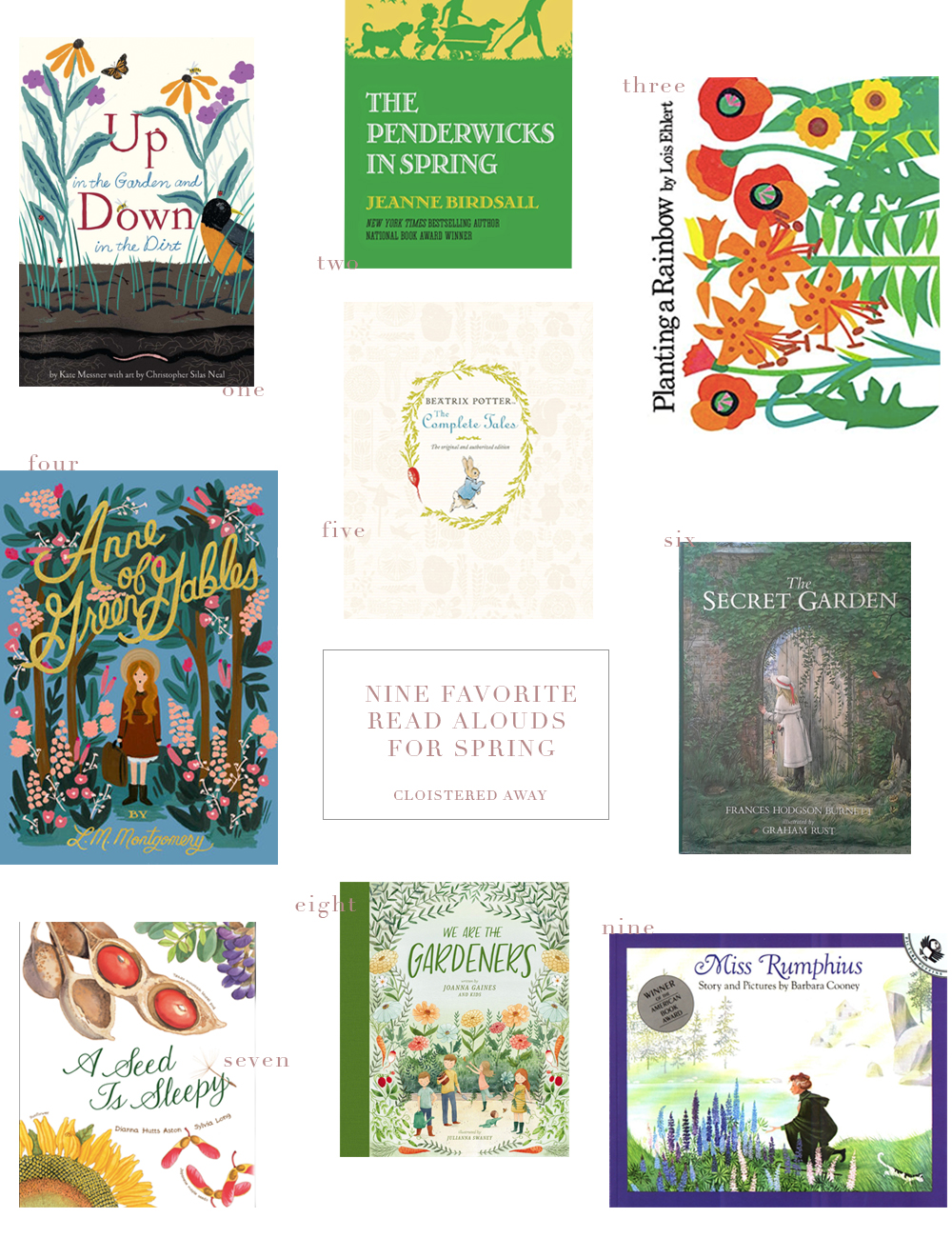

Comments
Bethany,
Thank you for this informative post! We are looking at ELTL next year and I had a few questions for you. Are you still using this curriculum? Has it been good for your family for the long haul? Are you noticing your children becoming good writers and readers through this instruction? I am especially interested in what you mentioned about using this in conjunction with Latin. Did you ever write that follow-up blog post? Did the combining of the two have to do with parsing in Latin & English? THANK YOU for sharing your wisdom with the rest of us!
Hi Kristy,
I’m so glad this was helpful. We are not currently using ELTL, but only because we took a break from formal grammar instruction. I think it’s a wonderful resource and one that will certainly help guide children to think critically and write well. I still love how it encompasses reading, writing, and grammar all in one resource. As for Latin, the primary gift for my children has been familiarity with diagramming, since it help identify parts of speech and parsing sentences in Latin. I never wrote anything about it. Sigh. Time is so slippery, isn’t it? Perhaps I will one day. Wink.
Pingback: Our Homeschool Rhythm + Resource Guide - cloistered away
I am so intrigued with this style of homeschooling. I homeschooled all my life but it was in a more structured/textbook oriented way. I have a few more years before my children are ready for this (my oldest is 3) but I am enjoying day dreaming/planning for what our homeschool may look like. Question, do you give your children written tests for any subject? And do you report grades or anything like that?
Hi Bethany,
I loved this post. I am going to be using ELTL 1 and 2 this year along with RLTL. Did you use workbooks or just have them create notebook sheets? I prefer the latter, just trying to figure out how. I have 6 kids, 12 years down to 6 weeks. We are really simplifying things here and I was very encouraged by this post and also by Jodi’s great ideas.
Thank you!!
Hi Liz, we just used the book, and my children created their own narrations, copywork, and illustrations on blank paper. I kept their work in a notebook and made each of them books at the end of the year (which I’ll be sharing soon). Simplifying our use of curriculum and routine has been life-changing for me. You’ll never want to go back. Best to you! x
It was after your and Jodi rec that i bought ELT level 1. What I love about it this curriculum is that ot integrates the actual teaching of the language with lovely literature. It was hars for me to find time to read a loud and now is part of our schedule. I really enjoyed this post! Ir helped me to organize better our days.
I’m so glad to hear this, Andrea. Thank you. And yes, that’s one of my very favorite parts, too.
I love how you incorporate art into your homeschool days, we do things quite similarly here…before we homeschooled our children went to a local Waldorf school. Art is beautifully woven throughout the Waldorf curriculum and it brings so much joy and depth to their learning, so we’ve tried to continue that at home as much as possible. Thanks for your review on English Lessons through Literature…I have been looking at samples of this curriculum for next year…it looks wonderful but I think the levels confuse me. The recommended literature for each level seems quite advanced if the levels were to equal grade in school. I was thinking about level 3 for my upcoming 4th grader….and level 5 for my soon-to-be 7th grader. Any thoughts on level 5 for a 7th grader?
Thank you, Sarah. I’m so fascinated by Waldorf learning and have adapted little bits here and there as we go. Art is one of them. How wonderful that your children had that experience. As for ELTL levels, she uses the numbers loosely. In her intros (which I believe you can read in PDFs), she explains better. From what I can tell, each level is meant loosely for a grade level and up. So level 3 could be used for a third or fourth grader respectively. Level four is for grade four and up, and level five for grade five and up. You know, as with any curriculum, you can adapt to make the work easier or more challenging as you go, so really I think both the levels would be fine. Think of it more in terms of skills than age. How confident is your seventh grader with grammar and writing? I hope this helps!
Thanks for this, Bethany. I’m really almost positive I’ll be getting this for my boys next year. I think I’m going to combine it with Poetry Teatimes and Friday Freewrites per Julie Bogart’s example to create a complete language arts program. I also appreciate the picture book suggestions at the end. I just bookmarked a whole pile of them at the library!
Poetry teatimes sound lovely. I went to a conference with Sally Clarkson a few weeks ago, and it always reorients me toward tea time again and slower paces. I also love your ideas (or Julia’s) of having certain days for specific types of writing. And yes, I always enjoy when I can try on a book at the library first to see how much we connect with it as a family.
Sally is so inspiring, isn’t she?
We were inside on a rainy afternoon recently and I’d poured tea and lit the candles on the table when my eight year old boy suggested I read some poetry to them for fun. Sure. :) I love homeschooling!!!